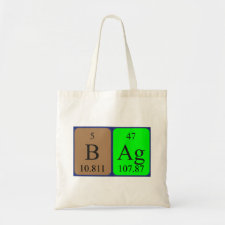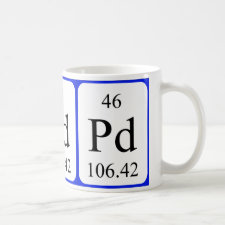
Authors: Daniel S, Rao PP, Rao TP
Article Title: Investigation of different polymerization methods on the analytical performance of palladium(II) ion imprinted polymer materials.
Publication date: 2005
Journal: Analytica Chimica Acta
Volume: 536
Issue: (1-2)
Page numbers: 197-206.
DOI: 10.1016/j.aca.2004.12.052
Alternative URL: http://www.sciencedirect.com/science/article/B6TF4-4F924F5-K/2/b86cc50a81c61e4bc67e0eb09ebbcc97
Abstract: Palladium(II) ion imprinted polymer (IIP) materials were prepared via bulk, precipitation and suspension polymerization methods using similar compositions. In these polymerization methods, the polymerization mixture consists of a ternary complex of palladium(II) imprint ion with 8-aminoquinoline (AQ), 4-vinyl pyridine (VP, monomer), 2-hydroxyethyl methacrylate (HEMA, functional monomer), ethylene glycoldimethacrylate (EGDMA, cross-linking monomer), 2,2'-azobisisobutyronitrile (AIBN, initiator) and 2-methoxy ethanol (Porogen). Various polymerization methods were carried out by thermal means and IIP materials thus obtained were leached with 50% (v/v) HCl to obtain leached IIP particles. Control polymer (CP) particles were similarly prepared by all the three polymerization methods. The above synthesized polymer particles were characterized physically and morphologically by using FTIR, TGA, CHN, X-ray diffraction (XRD) and scanning electron microscopic (SEM) techniques. Furthermore, their capacity to rebind palladium(II) was investigated from dilute aqueous solutions and in presence of selected precious and transition elements (which are known to coexist with palladium in its mineral deposits). The rebinding studies of IIP particles obtained via bulk, precipitation and suspension methods reveal that (i) percent enrichment is quantitative with bulk and precipitation, and [not, vert, similar]72% only in case of suspension; (ii) retention capacities are 28.82, 20.16 and 18.76 mg palladium(II)/g materials, respectively; (iii) selectivity for palladium(II) over other noble and transition elements lies in the order bulk [not, vert, similar] precipitation > emulsion. Moreover, the IIP particles obtained by all three polymerization methods exhibit imprinting effect when compared with respective CP particles
Template and target information: palladium ion, Pd(II)
Author keywords: Polymerization methods, bulk, precipitation, suspension, Palladium(II), Ion imprinted polymers, preconcentration and separation



Join the Society for Molecular Imprinting

New items RSS feed
Sign-up for e-mail updates:
Choose between receiving an occasional newsletter or more frequent e-mail alerts.
Click here to go to the sign-up page.
Is your name elemental or peptidic? Enter your name and find out by clicking either of the buttons below!
Other products you may like:
 MIPdatabase
MIPdatabase









